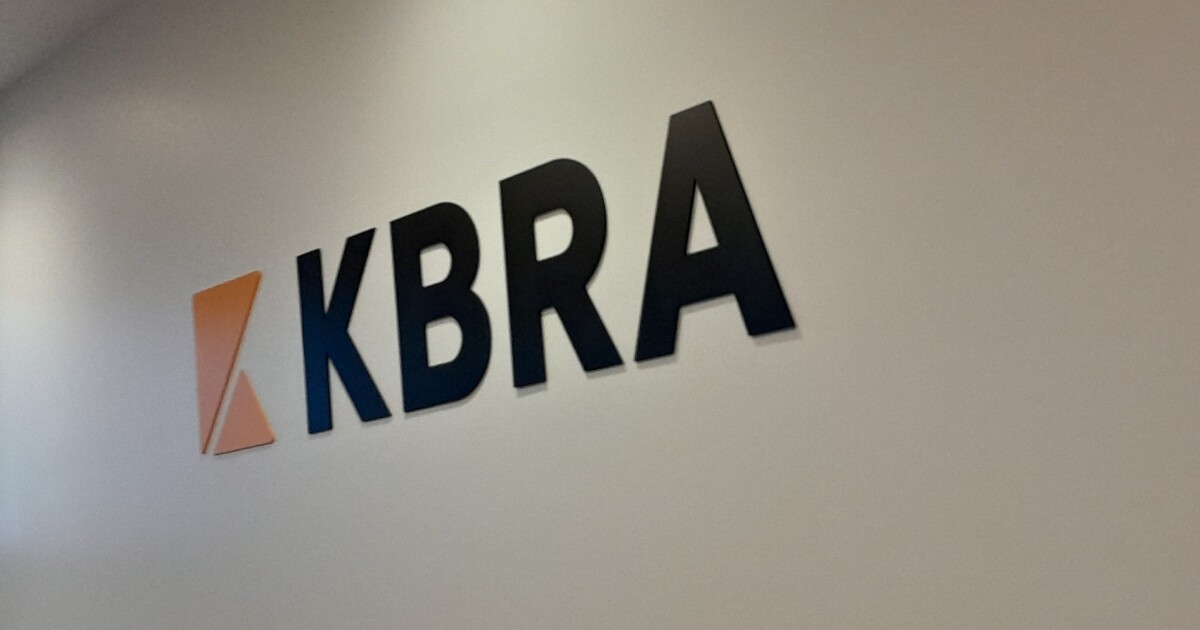
Private-label securitization issuance is expected to increase by 12% in 2025 as this year's market recovery from a moribund 2023 should continue, Kroll Bond Ratings Agency predicts.
It expects $107 billion in deals next year after a projected 75% increase in volume in 2024 to almost $96 billion of RMBS 2.0 transactions. If the 2025 prediction holds, it would be the second best year for PLS since the Great Financial Crisis.
This year's production "illustrates the stark contrast between the strength of the RMBS market in 2024 relative to 2023," the KBRA report said.
"U.S. RMBS issuance increased significantly in 2024 amid a steady fed funds rate that finally began falling in 2024, reaching below 5% in October."
PLS activity measurements differ based on who is providing the data. A recent report from Morningstar DBRS put the
KBRA's prediction for
"Combined with anticipated volatility from the change in U.S. administration, capital markets may react strongly to shifts in jobs data and
The rating agency also speculated that a Trump Administration could delay or indefinitely suspend
"Previously, GSE policy under Trump leaned toward limiting federal involvement, so a similar approach could deprioritize or alter this and other affordability-related updates," KBRA said. "The residential mortgage market may experience some disruption as stakeholders either adjust to the potential policy changes or are affected by compliance costs."
When it comes to performance of the mortgages,
Even serious delinquencies, loans 90 or more days past due, remained steady throughout the year.
The exception is non-prime, which had a 2.9% seriously delinquent rate as of October. Modest increases in both early and late-stage delinquencies for non-prime mortgages were also observed at 6.3% for 30 days or more late and 3.9% for 60 days-plus.
"While non-prime products are seeing a rise in delinquencies, we view this trend as a return to normalcy rather than an indication of structural weakness," KBRA said.
Unusually
"Annualized net losses are near zero for all RMBS 2.0 assets in KBRA's indices," the report said. "Although the 'lock-in effect' of low fixed rates is expected to keep [prepayment speeds] low for loans originated through 2022, a broad-based increase has recently emerged as mortgage rates fell, with prime rates reaching 6.1% and non-prime at 11.5% as of October."
For 2025, improved underwriting standards and largely fixed-rate existing mortgages "is expected to sustain mortgage performance through 2025, with only mild credit softening anticipated, primarily within non-prime segments," KBRA said.



